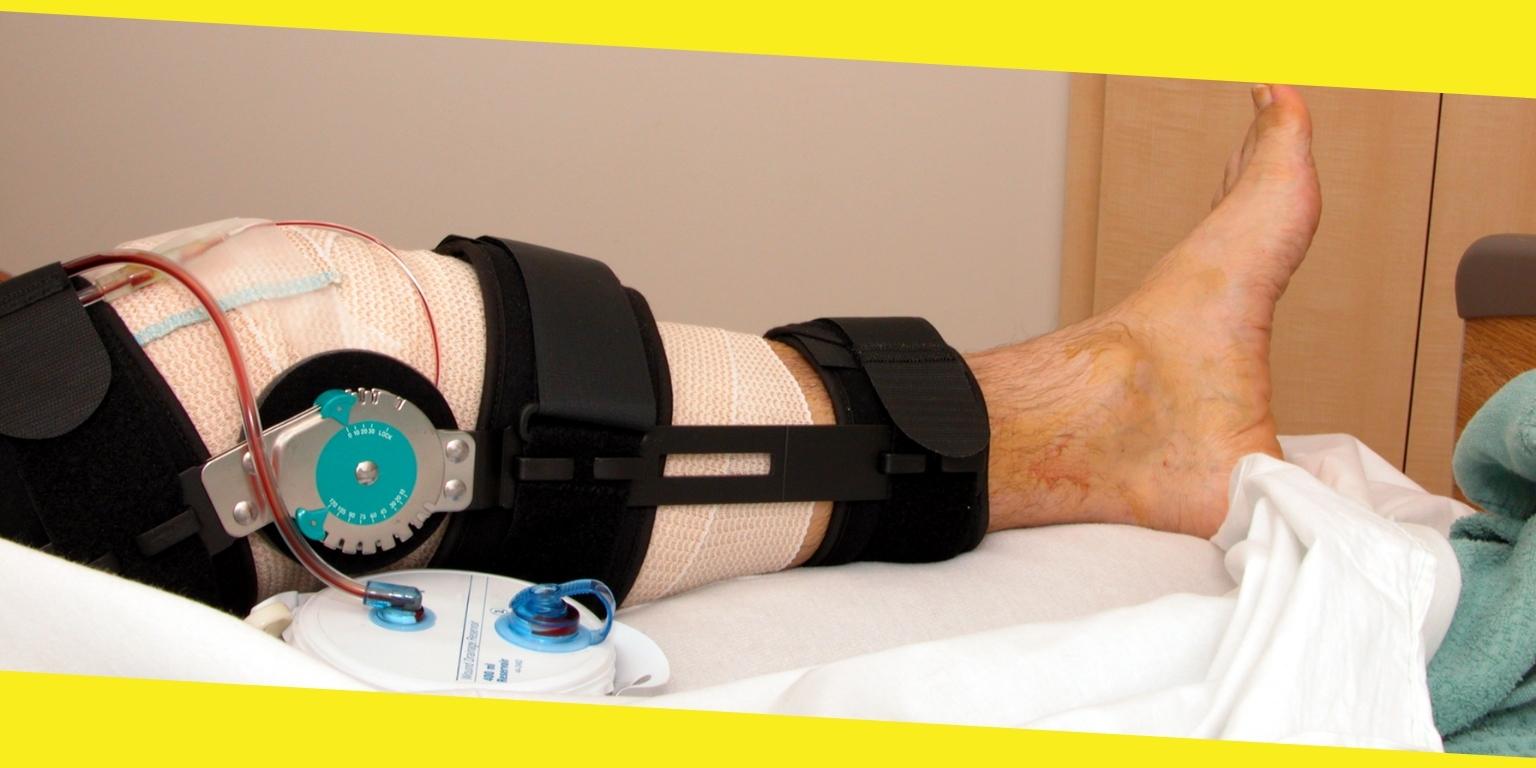When Should You Consider Revision Knee Replacement Surgery?

Complete knee replacement surgery is a common and effective procedure. Oftentimes, persons who have knee replacement surgery usually enjoy lasting pain relief and improved life quality. Typically, that seems reasonable, given that knee replacement surgery is intended to relieve the patient’s discomfort. Nevertheless, surgery may not be a comprehensive and long-term solution. With time, your knee replacements can fail. Once this occurs, your surgeon will suggest a follow-up procedure known as revision surgery. During revision knee replacement Katy, Dr. Pavel Muradov swaps the old prosthetic with a new one. Whereas only your orthopedic surgeon may evaluate whether you require a revision knee replacement, here are some signs that you might be eligible for the procedure. Read on to learn more.
Contents
ToggleInfection
Infections are a danger with surgery, including a knee replacement procedure, and typically happen whenever bacteria collect all around the wound. More often than not, infections happen right after the procedure. Nonetheless, they may also develop long after your surgery.
Some primary pointers of infection include fluid leaking, tenderness, and inflammation, from the surgical cut. Sometimes, these infections may result in detachment of the implant from the supported bone, culminating in knee replacement failure. Moreover, inflammation could put pressure on the neighboring tissue, causing stiffness and discomfort across the joint.
Worn Out Implant
Another important aspect of keeping the knee replacement outcomes entails supporting the structural integrity of the artificial joint itself. The artificial joint is attached to the bone during the first knee replacement surgery.
Unfortunately, the implant might begin to loosen with time because of strenuous activities, typical wear of the spacer between the implant’s metal pieces, and strain exerted by extra body weight. Continuous deterioration of your implant causes the little particles of the implant’s spacer to gather around your joint. The body’s immunity will target these particles and might even begin to attack healthy bone surrounding the implant, resulting in osteolysis. As a result, your implant might loosen even more, prompting increased discomfort.
Instability
Aesthetic joints are made to work with the soft tissues around them, particularly the ligaments. Often, these ligaments might change a little, which directly impacts the aesthetic joint’s functionality. Besides inflammation, this concern can result in knee instability. While non-invasive solutions like physical therapy and bracing may effectively correct instability, revision surgery might be necessary for some circumstances.
Stiffness
Are you still experiencing issues with knee joint stiffness even after knee replacement surgery? If so, it is probably because of too much scar tissue accumulating around your joint. Initially, your surgeon might prescribe joint manipulation rather than knee replacement. Under general anesthesia, Dr. Muradov will vigorously move your knee joint to disintegrate the scar tissue and enhance joint flexibility. If this fails to relieve your stiffness, revision surgery might be necessary.
Fracture
Periprosthetic fractures are bone breaks surrounding the aesthetic joint, commonly due to a fall. Often, these fractures necessitate revision knee replacement to correct the fracture and assure the aesthetic joint’s functionality. The scope of your revision surgery will depend on your fracture’s location and size.
Knee replacement is difficult to undergo, not to mention having to withstand it again because the initial surgery failed or has gradually worn out. Luckily for you, at Integrity Orthopedics, Dr. Pavel Muradov and his expert staff can guide you through your entire treatment, from diagnosis and preparation, to recovery. Call the Katy, TX office or request an appointment online today to learn more.
Recommended For You
Easy Home Remedies to Fight Headaches
Most Inside
Most Inside offers high-quality recommendations and valuable updates to enhance all aspects of your life, providing premium guidance and enriching experiences.




